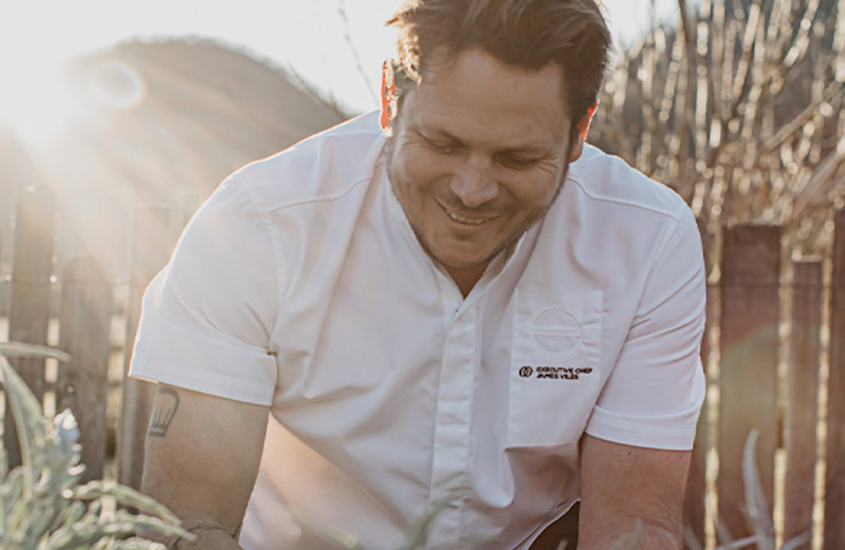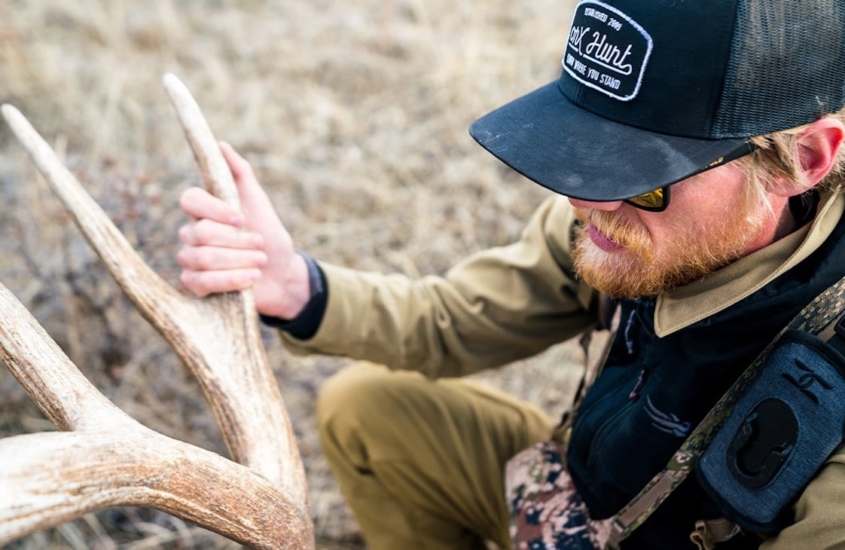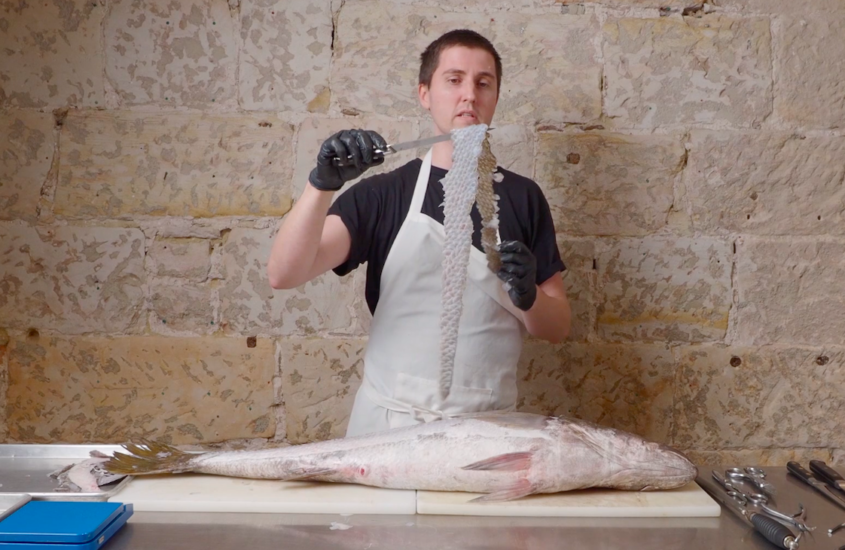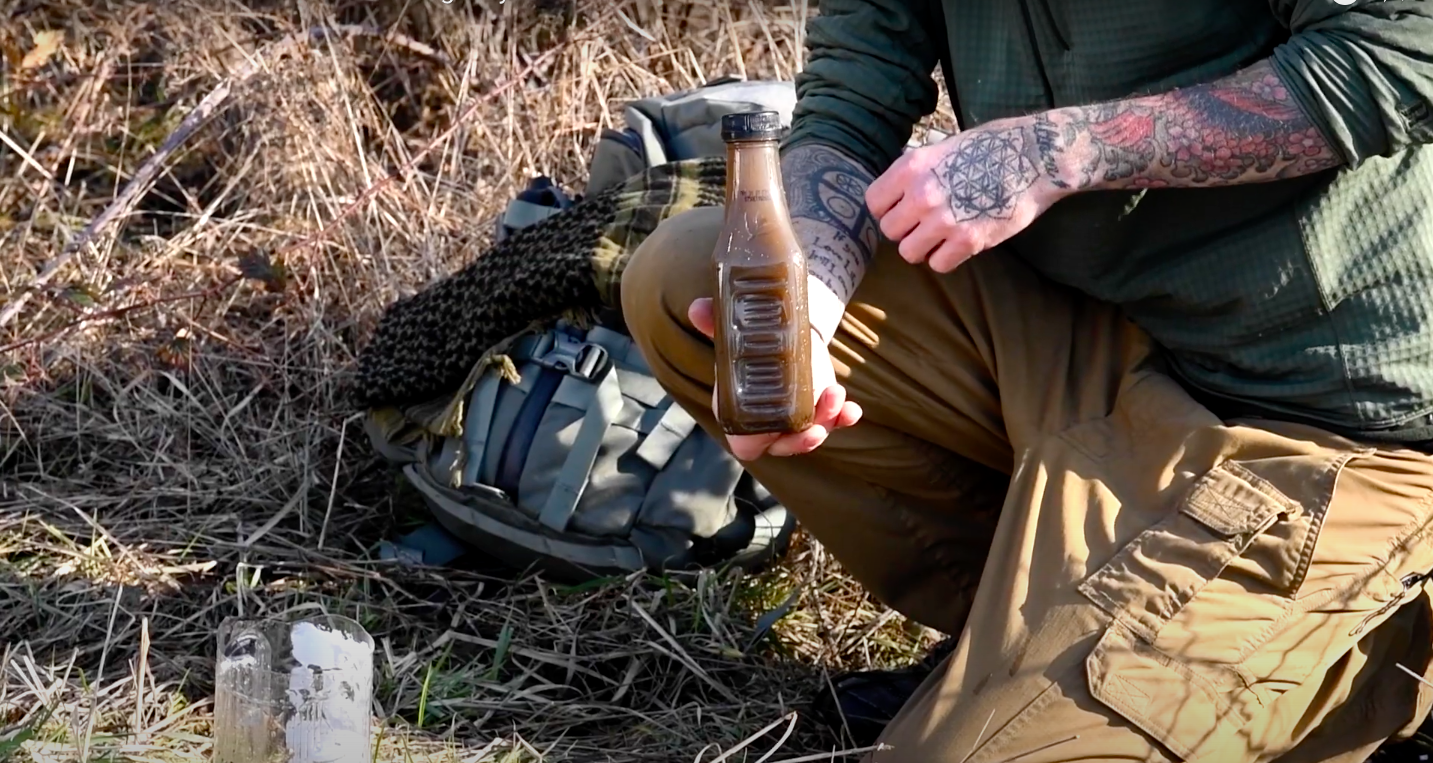Like any new pursuit, hunting can be intimidating for beginners. It requires a lot of gear and knowledge, making it tricky to know where to start. But perhaps one of the most daunting aspects is understanding what to do once you successfully harvest an animal. Filling a tag is an opportunity to provide meat for the table and it’s the hunter’s responsibility to properly care for and utilize this bounty.
Learning to field dress an animal is an awesome opportunity to connect with your food source and respect the kill. These tips will give you the confidence to be successful.
Find a Mentor
The best way to learn how to hunt is to find a partner willing to teach you. Not only is it safer to hunt in pairs, spending a day in the field with a seasoned hunter is an opportunity to gain valuable knowledge earned over years of hard work. A mentor will teach tactics like locating game, playing the wind and sneaking up on your quarry.
Be sure to find a mentor who’s interested in teaching. Let them know you want to learn in a hands-on way. Don’t be afraid to ask questions about the process. You won’t learn if you don’t ask—everyone was new once. Listen carefully to their instructions for both learning and safety purposes.
Always Have a Plan
Always be prepared for a successful hunt. This means carrying a field dressing kit in your backpack at all times. It should include gloves, knives, game bags and a bone saw. It’s also important to have a way to transport the meat from the field to your vehicle. In some cases, you might be able to retrieve the animal using an ATV or truck. Other hunters use game carts, which are similar to wheelbarrows.
Hunters also transport meat in backpacks. Use a frame pack that is designed to carry weight. For pack-outs, it’s important to know your limitations. Don’t hike in further than you can carry something out. Hunting three miles in somewhere might be easy carrying 10 lbs. but can you do it carrying out 60 lbs. or more?
You’ll also need to watch the weather. If you get an animal down when it’s hot out, can you pack out all the meat before it spoils? It’s always a good idea to have friends and family on standby to help. Having a team of packers is fun and very effective.
Know the Rules
Before hunting an area it’s always important to read through the regulations. The rules regarding field dressing can vary by unit. For example, in many areas, you are required to leave the meat on the bone. Often you are required to leave evidence of sex naturally attached. In some situations, you’re required to present the animal for tagging by authorities. Knowing these rules before you go into the field will have you prepared and keep you out of trouble.
Watch Videos
The internet is a wealth of resources. There are lots of instructional videos that can help new hunters learn about meat care. If you’re planning to pack the animal out, check out videos on quartering. This method breaks down the meat into sections that are easier to carry out.
Anchored Outdoors Masterclass “Whole Animal Butchery with Chef James Viles” is an excellent resource for learning how to utilize every piece of the animal. Viles is a celebrated chef and professional butcher of more than 25 years. His masterclass covers how to process wild venison and walks you through what to do with each cut of the meat.
Enjoy the Process
Harvesting an animal is often the result of hard work. Take time to enjoy your accomplishment. While it’s important to treat the meat in a manner in which it won’t spoil, you also don’t need to rush through the process. Be sure to separate the meat from the hide and guts as soon as possible to keep it clean. After that, there are ways to age the meat for maximum tenderness and flavor. (Viles covers this in the masterclass.)
Taking the opportunity to learn the art of butchering an animal is important. With practice, the process becomes easier. And you’ll likely find that meals seem to taste better when they’ve been prepared by your hands from field to table.










